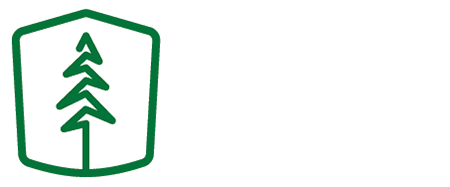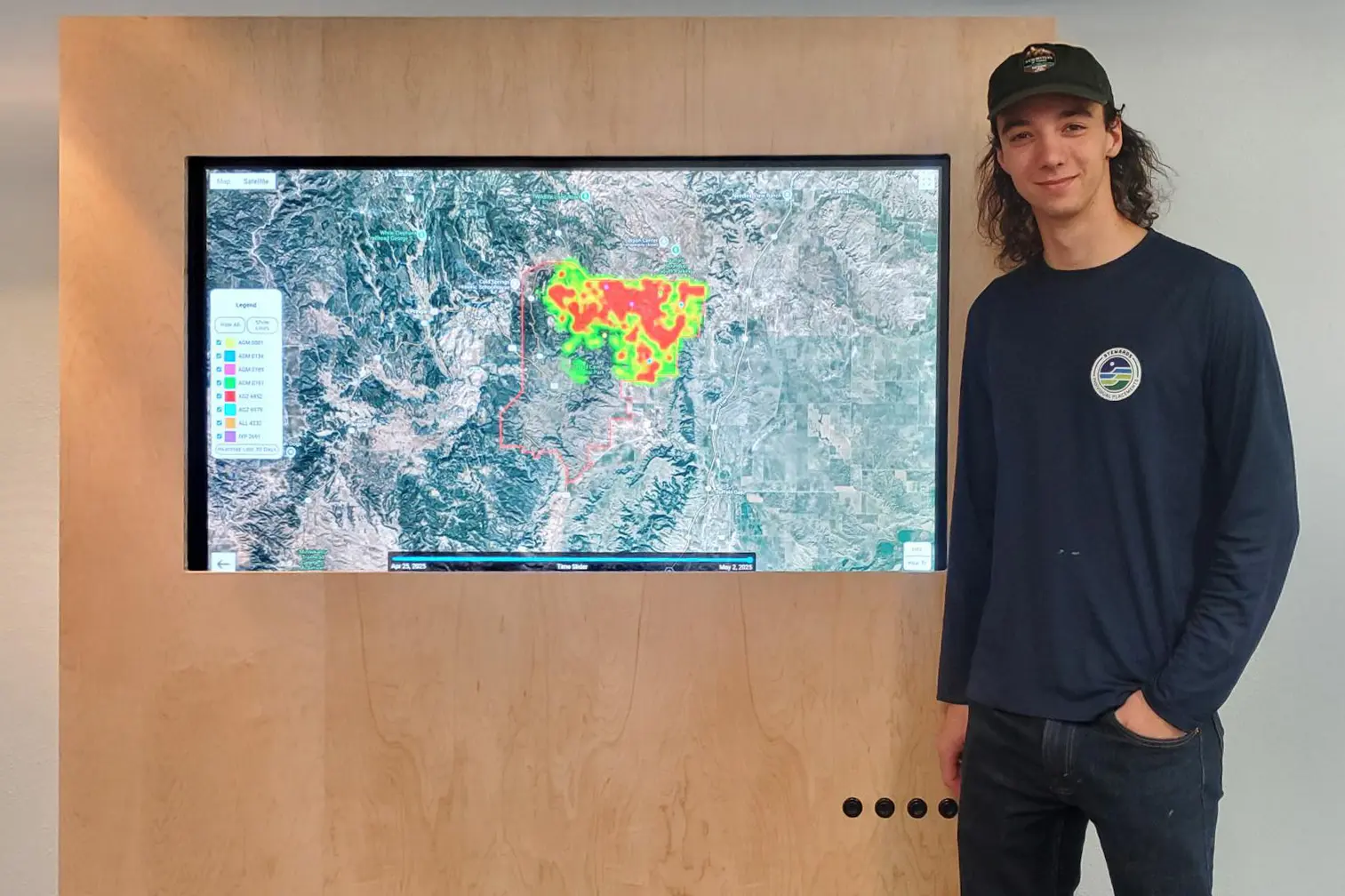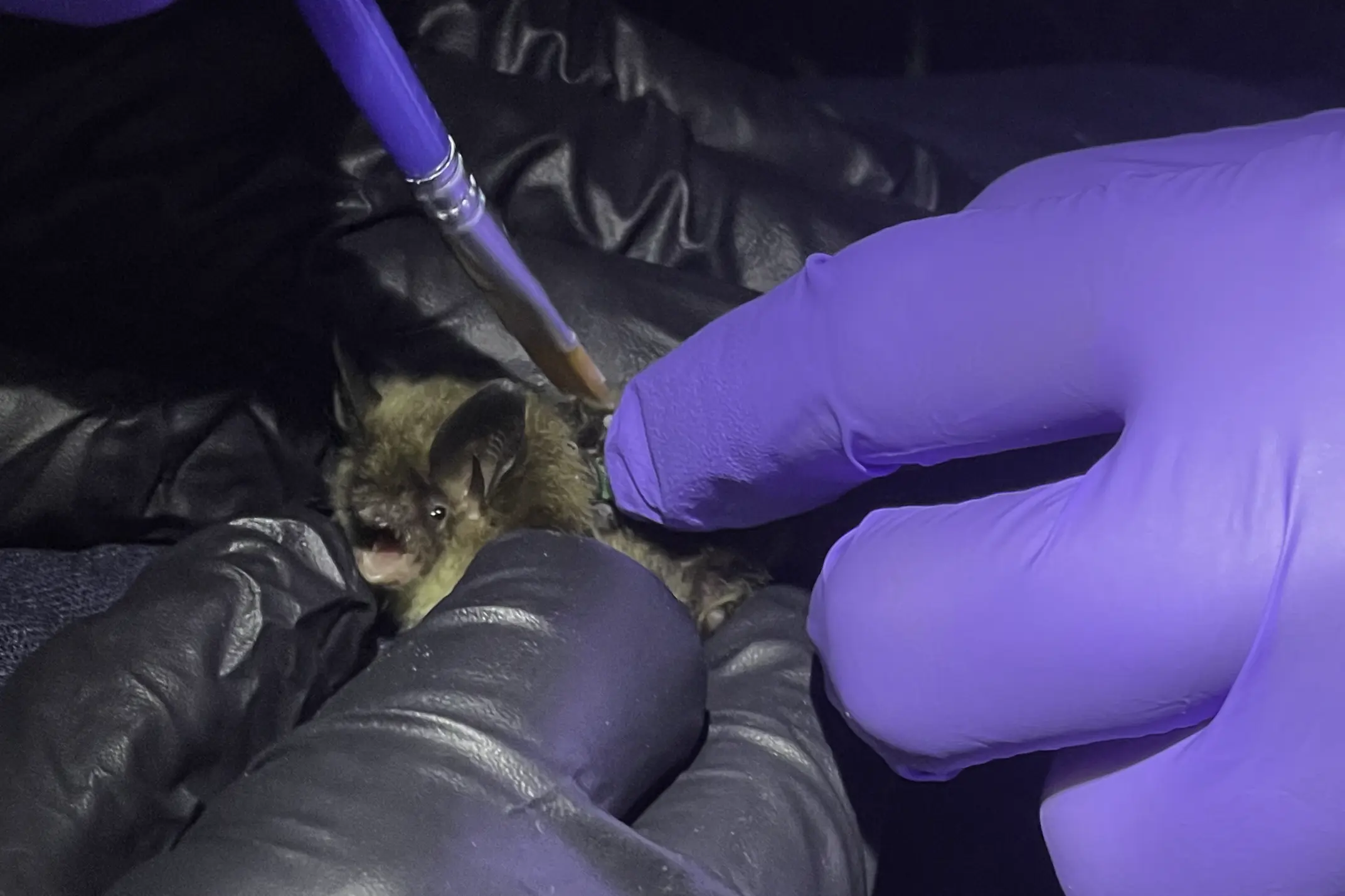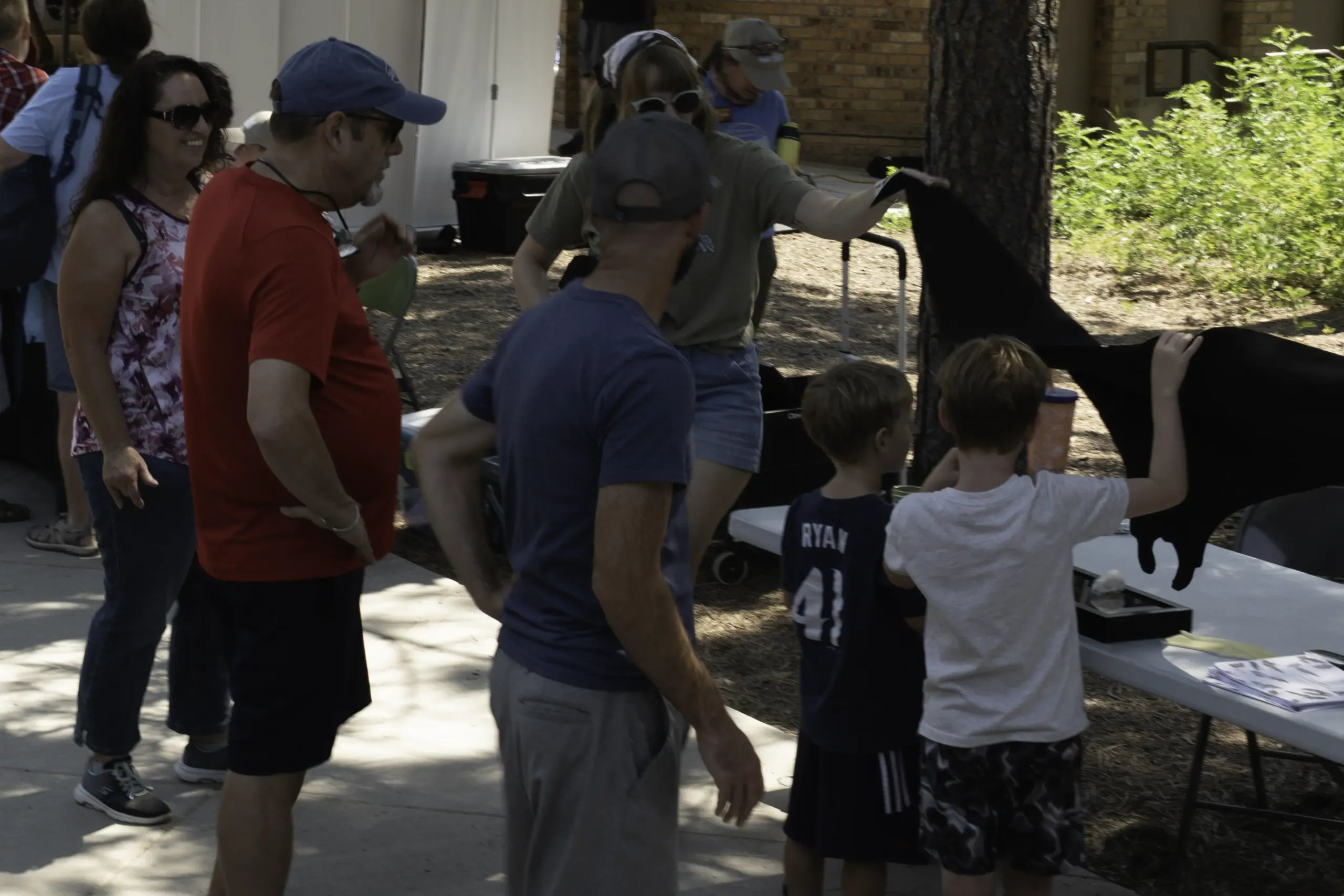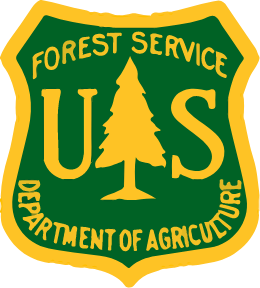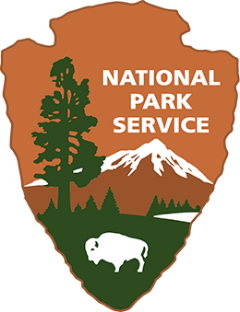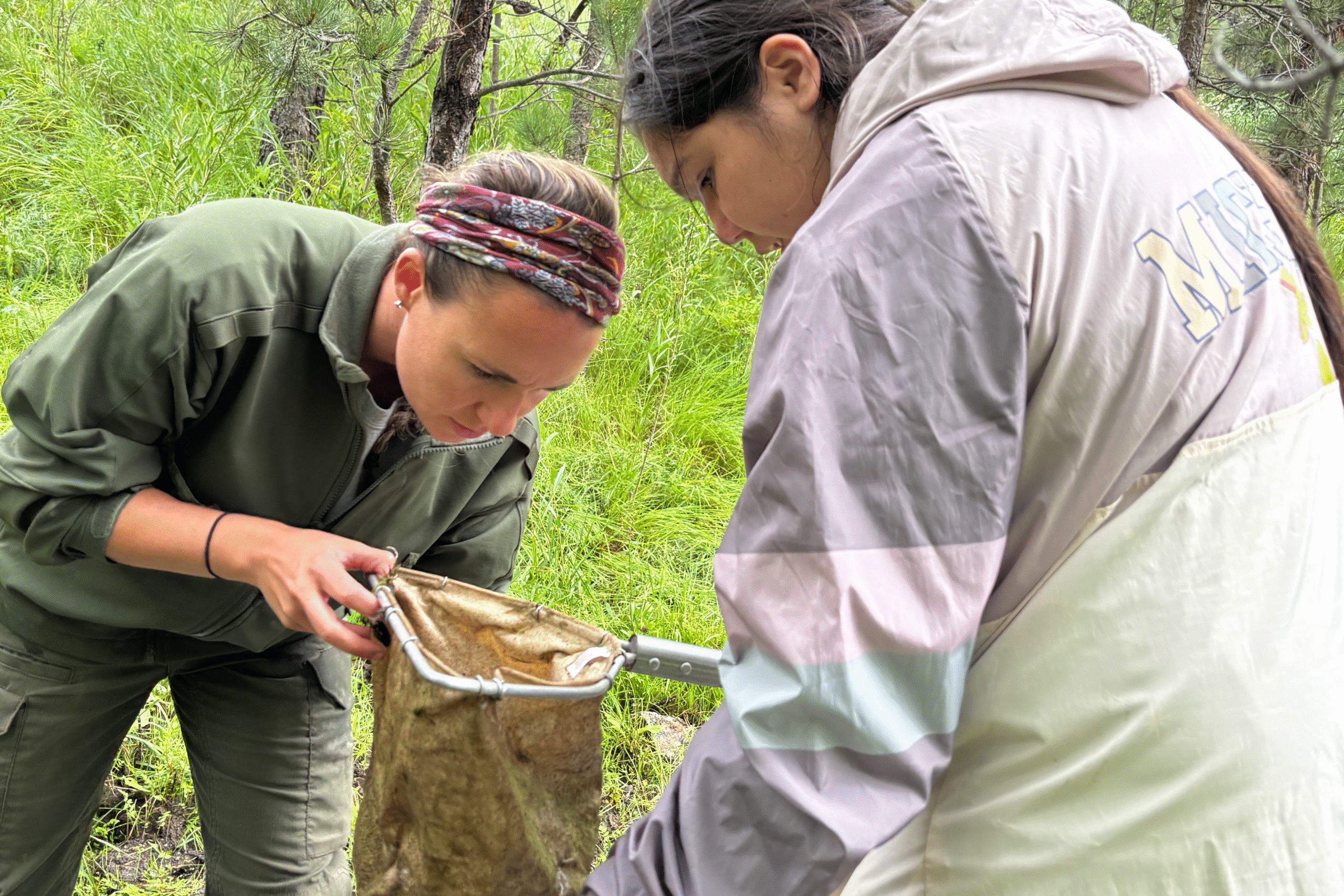
Teens Become Citizen Scientists at Wind Cave
Eight local teens swapped books for boots this summer, trading their reading lists for nets, waders, and notebooks. Together, they stepped into the cool streams of Wind Cave National Park to help monitor mercury pollution by collecting dragonfly nymphs.
Citizen Science in the Field
The program, organized by BHPFA with the Sturgis Library Summer Reading Program, gave participants a chance to do real research, not just read about it. Guided by Wind Cave rangers and supported by a Jane Goodall’s Roots & Shoots mini-grant, the teens learned how to scoop nymphs from the water, measure and record data, and prepare samples for a U.S. Geological Survey lab in Oregon.
“Watching these kids step into a national park, some for the first time, and take part in real scientific research was incredible,” said Sierra Frazier-Riggs, Program Coordinator at the Sturgis Public Library.
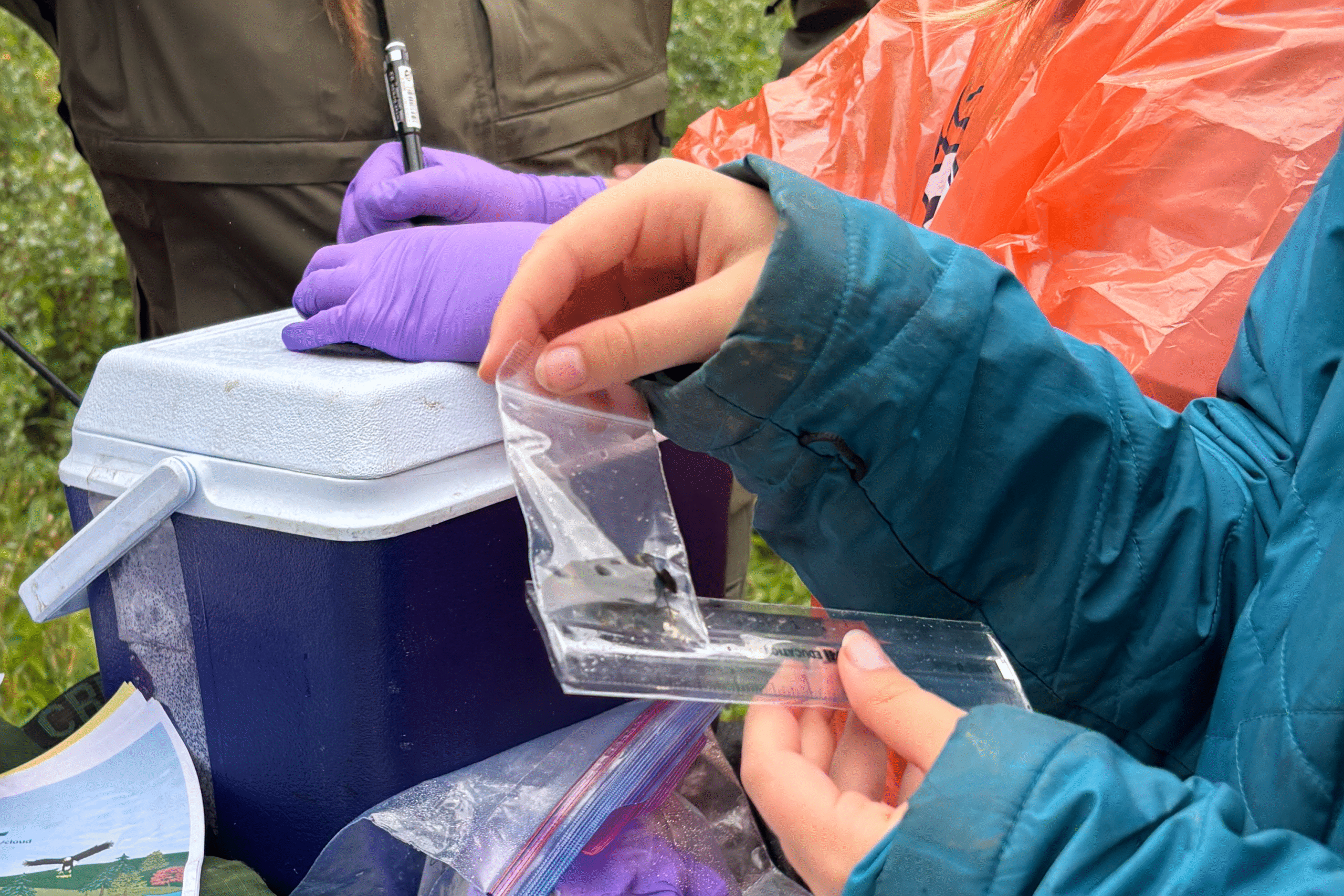
Why Dragonflies?
Dragonflies spend most of their lives underwater and are top predators in the aquatic food chain. That makes them excellent indicators of mercury, a toxic heavy metal that harms fish, wildlife, and people. The Dragonfly Mercury Project, led by the National Park Service and USGS, uses these samples to track pollution across more than 100 parks nationwide.
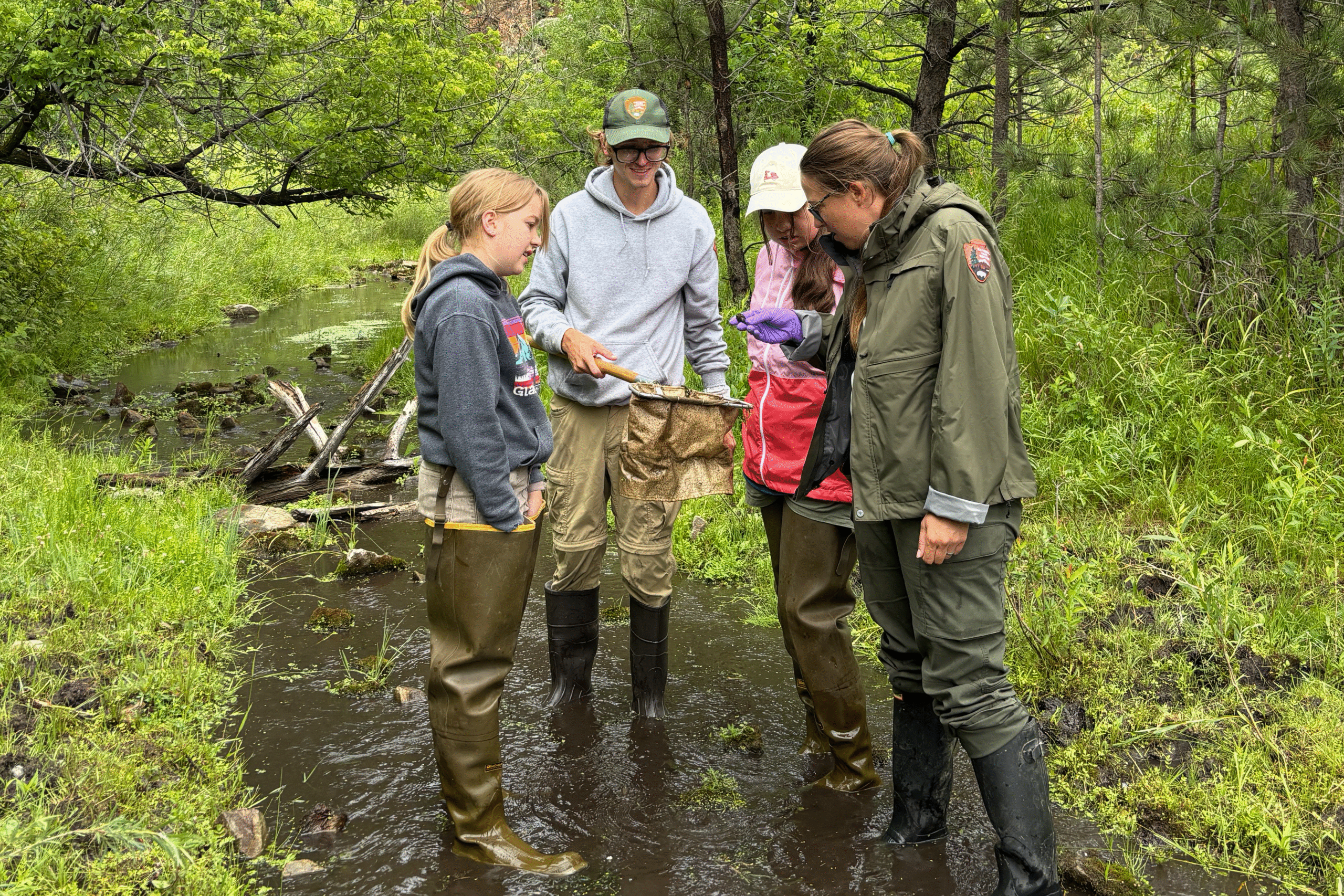
Why It Matters in the Black Hills
Mercury pollution can travel long distances before settling in streams and wetlands. In the Black Hills, historic mining activity raises local risks. Monitoring matters here because cold-water creeks and wetlands are key habitats—and because fishing and recreation are part of local life.
“It’s a great example of how BHPFA can support our partners and connect the local community to the public lands in their backyard,” said Andrea Fountain, BHPFA Program Manager. “This citizen science experience will have a lasting and memorable impact, and it could open doors for many of them to follow careers and passions in science.”
A Lasting Impact
For many teens, this was their first time setting foot in a national park. The chance to get muddy, collect real data, and work alongside rangers made the day unforgettable. Thanks to local support, including lunch donated by Bulldog Auto Detailing, it was a community effort from start to finish.
BHPFA is proud to help create opportunities like this, where young people see themselves as part of science and stewardship. These moments may spark future careers and lifelong connections to public lands.
Share this article
Follow us
More from the Wonder & Exploration Quarterly
December 5, 2025
December 5, 2025
December 5, 2025
